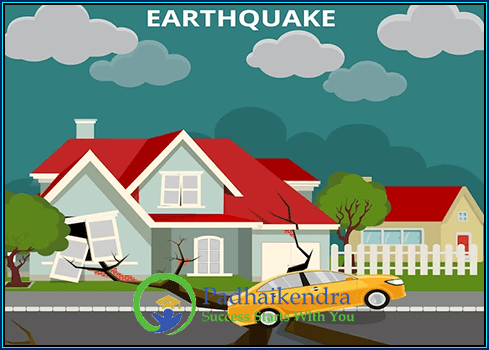Earthquakes are a natural phenomenon that occur when the Earth’s crust experiences a sudden release of energy, resulting in seismic waves that propagate through the ground. These waves can cause shaking and ground displacement, which can lead to damage to buildings and other structures, landslides, and tsunamis.
Earthquakes occur at the boundaries between tectonic plates, which are large sections of the Earth’s crust that move relative to each other. When two plates are moving towards each other, one may be forced beneath the other in a process called subduction. This can lead to the buildup of stress in the crust, which is released as an earthquake when the plates finally slip past each other.
The intensity of an earthquake is measured using the Richter scale, which assigns a numerical value to the magnitude of the seismic waves. The scale is logarithmic, meaning that each increase of one unit corresponds to a tenfold increase in the amplitude of the seismic waves. For example, an earthquake with a magnitude of 6.0 is ten times as powerful as an earthquake with a magnitude of 5.0.
In addition to magnitude, earthquakes are also characterized by their depth, location, and focal mechanism. The focal mechanism describes the way in which the rocks on either side of the fault move during the earthquake, which can provide insight into the tectonic forces that caused the earthquake.
Earthquakes can have devastating consequences, particularly in densely populated areas with poorly constructed buildings and infrastructure. However, advances in earthquake prediction and building design have helped to mitigate the risks associated with seismic activity in many parts of the world.





